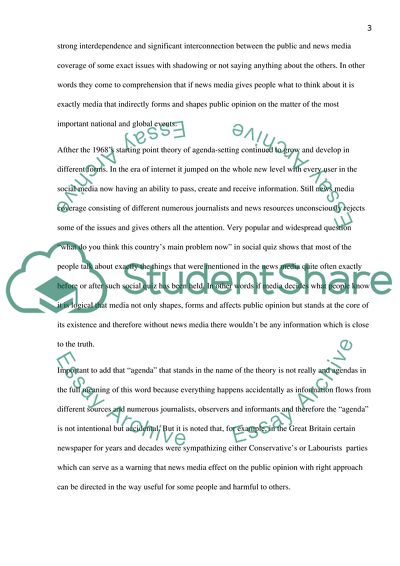Cite this document
(Media Effect Essay Example | Topics and Well Written Essays - 1750 words, n.d.)
Media Effect Essay Example | Topics and Well Written Essays - 1750 words. https://studentshare.org/journalism-communication/1881948-the-news-media-have-the-power-to-influence-a-general-election-result-through-media-framing-and-agenda-setting-discuss
Media Effect Essay Example | Topics and Well Written Essays - 1750 words. https://studentshare.org/journalism-communication/1881948-the-news-media-have-the-power-to-influence-a-general-election-result-through-media-framing-and-agenda-setting-discuss
(Media Effect Essay Example | Topics and Well Written Essays - 1750 Words)
Media Effect Essay Example | Topics and Well Written Essays - 1750 Words. https://studentshare.org/journalism-communication/1881948-the-news-media-have-the-power-to-influence-a-general-election-result-through-media-framing-and-agenda-setting-discuss.
Media Effect Essay Example | Topics and Well Written Essays - 1750 Words. https://studentshare.org/journalism-communication/1881948-the-news-media-have-the-power-to-influence-a-general-election-result-through-media-framing-and-agenda-setting-discuss.
“Media Effect Essay Example | Topics and Well Written Essays - 1750 Words”. https://studentshare.org/journalism-communication/1881948-the-news-media-have-the-power-to-influence-a-general-election-result-through-media-framing-and-agenda-setting-discuss.


